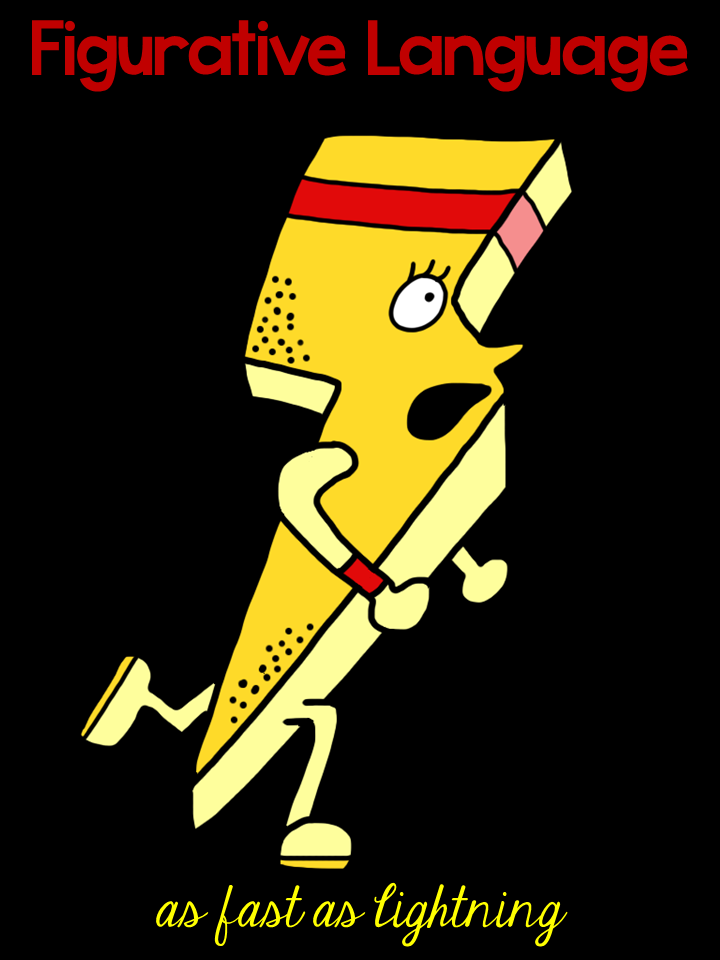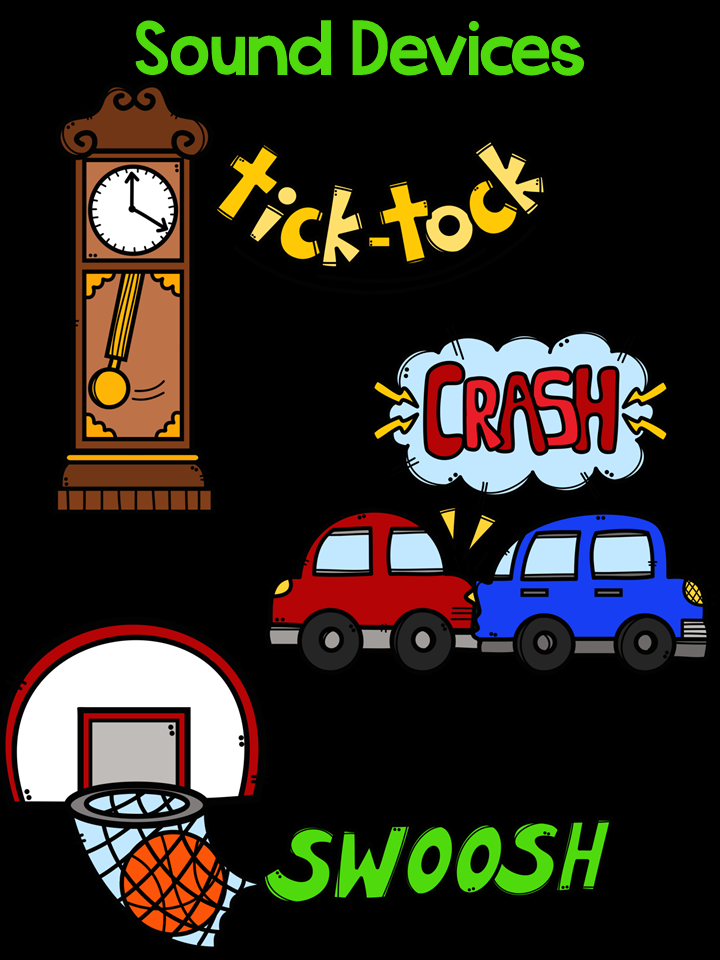Enjoy these activities to help teach the skill idiom to your students.

Idioms are a fascinating aspect of figurative language that enrich communication with creative expression. The anchor chart visualizes idioms with engaging illustrations and definitions that help students understand the figurative meanings behind the phrases.
Definition
Start by explaining the definition of an idiom: a phrase or expression that has a figurative meaning different from its literal meaning.
Examples
Use the anchor chart to illustrate common idioms visually. For instance, "It's raining cats and dogs" explains heavy rain, while "Don't cry over spilled milk" advises not to worry about the past.
Illustrations
Encourage students to visualize idioms by creating their own illustrations to convey figurative meanings.
Class Discussions
Discuss each idiom and its meaning as a class. Explore idioms from different cultures and languages to broaden perspectives.
Application
Have students use idioms in sentences or stories to practice applying them correctly in context.
Games and Activities
Incorporate fun games such as matching idioms to their meanings or creating comic strips using idioms.








